KUAMI KIACHI
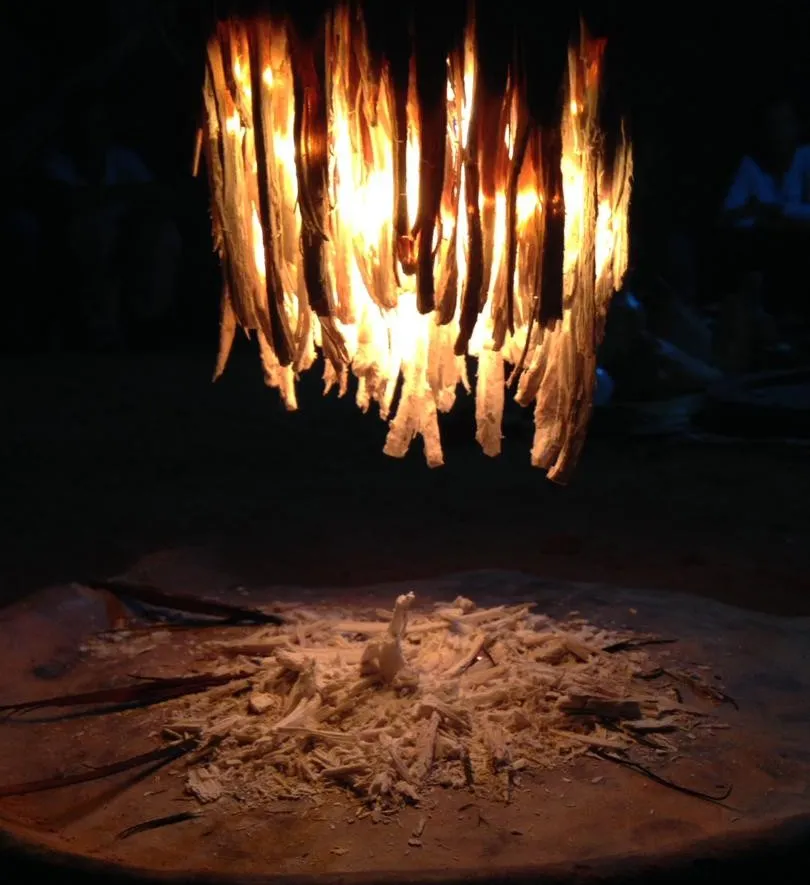
En la extensión del territorio amazónico, se encuentra una tribu indígena llamada “Wotujja”, pueblo originario, conocidos antiguamente como “Piaroas”, dueños de conocimiento ancestral que les ha permitido explicar la vida, y convivir con la Pachamama en total armonía.
La llegada de los criollos Savarari con sus creencias y formas, ha generado la confusión de las tribus que han ido poco a poco, olvidando su propia historia y raíces; De esta manera ahora muchos, se educan, comen y visten como los criollos, dejando su espiritualidad de lado, cambiándolas por religiones y dogmas ajenos a ellos.
In the extension of the Amazonian territory, there is an indigenous tribe called "Wotujja ", original people, known formerly as "Piaroas ", owners of ancestral knowledge that has allowed them to explain the life, and to coexist with the Pachamama in total harmony.
The arrival of the Creoles Savarari with their beliefs and forms, has generated the confusion of the tribes that have gone little by little, forgetting their own history and roots; In this way now many, are educated, eat and dress like the Creoles, leaving their spirituality aside, changing them for religions and dogmas alien to them.
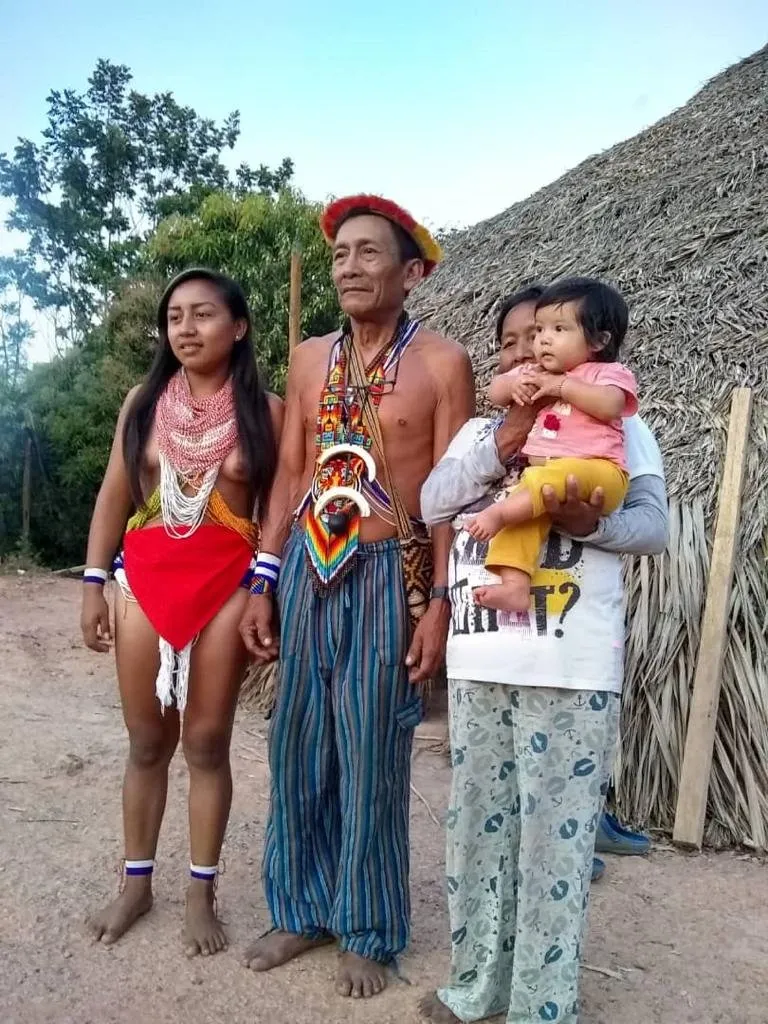
Hoy en día, son pocos los chamanes mantienen su cultura, como es el caso del Abuelo Rufino y su esposa, la abuela Carmen, que vienen de un linaje de Chamanes que se resistieron al cambio y se mantuvieron ligados a sus costumbres, donde las mujeres son fuertes agriculturas, hierbateras y curanderas mientras que los hombres expertos en la construcción, la caza, la pesca, entre otras actividades.
El Chaman Rufino Ponare “Meñerua” o Dueño del canto, Aprendió de su padre El abuelo Bolívar, el poder de sanar con su canto, canto que usa a su vez, para rezar la pesca, la caza, la cosecha, el agua y muchas otras cosas, que he tenido el privilegio de presenciar.
Today, few shamans maintain their culture, as is the case of Grandpa Rufino and his wife, Grandma Carmen, who come from a lineage of shamans who resisted change and remained attached to their customs, where women are strong farmers, herbalists and healers while men are experts in construction, hunting, fishing, among other activities.
The Shaman Rufino Ponare "Meñerua" or Owner of the song, learned from his father Grandfather Bolivar, the power to heal with his sing, sing that uses in turn, to pray fishing, hunting, harvesting, water and many other things, which I have had the privilege to witness.
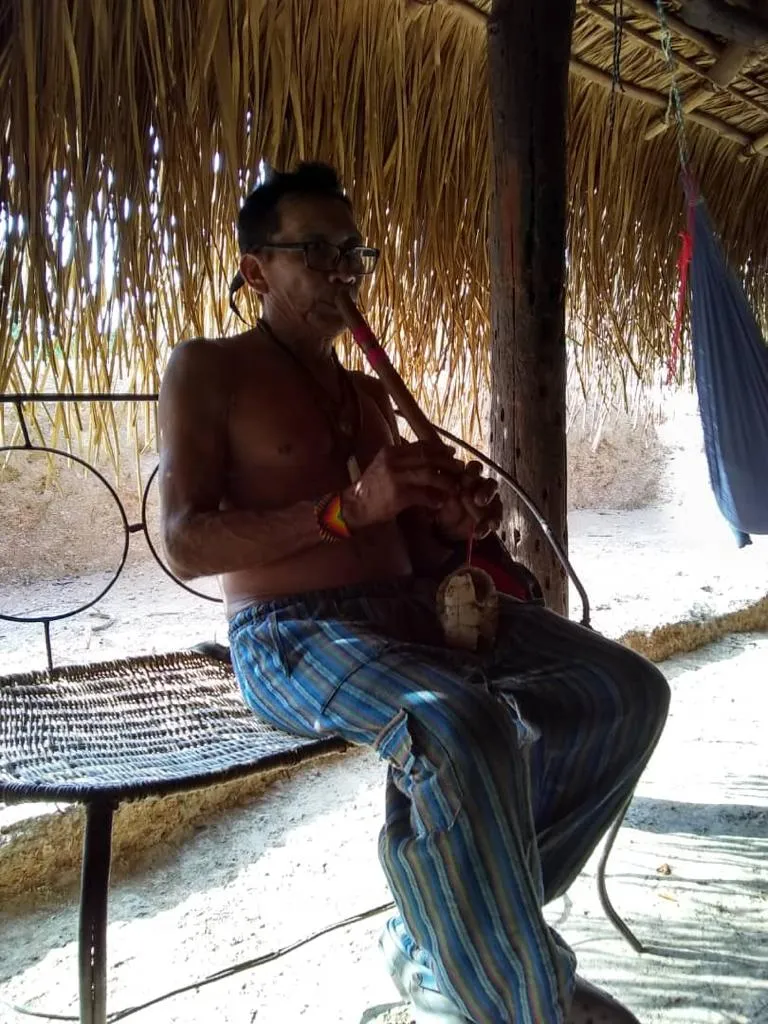
Yo llegue a este hermoso mundo lleno de magia, en busca de sanación física y espiritual, que me fue concedida por medio de su medicina ancestral Tuipa (caapi) y Ñua (Yopo), medicinas que El Chaman Bolívar, comenzó a compartir con los savararies, desde hace aproximadamente 30 años y que hoy en día después de su trascendencia, sigue siendo dada por su hijo Rufino, que con amor la bendice para sanarnos, ayudándonos a entrar a su mundo, donde nos enseña cómo debemos vivir y todo lo que debemos dejar a un lado para poder crecer espiritualmente y así lograr avanzar a un mundo mejor.
I came to this beautiful world full of magic, seeking physical and spiritual healing, which was granted to me through his ancestral medicine Tuipa (caapi) and Ñua (Yopo), medicines that El Chaman Bolívar, began to share with the savararies, for approximately 30 years and that today after its transcendence, is still given by his son Rufino, who with love blesses it to heal us, helping us to enter his world, where he teaches us how we should live and all that we should leave aside in order to grow spiritually and thus achieve a better world.
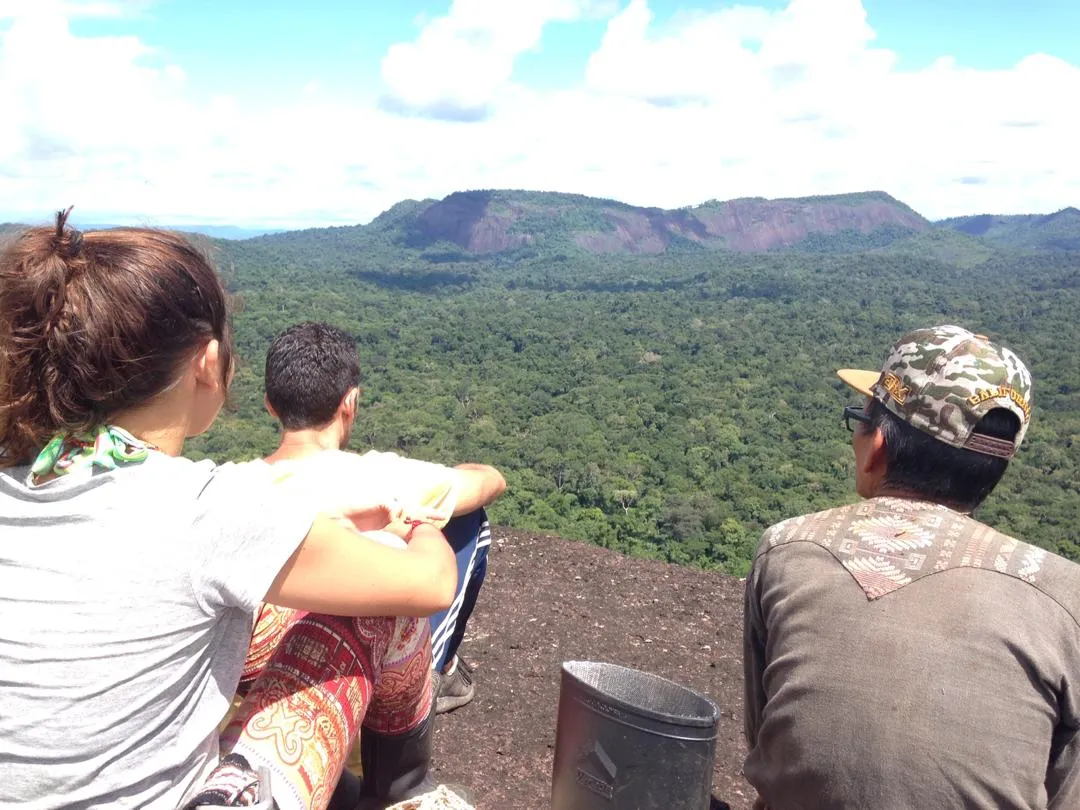
La Ñua es una medicina hecha a partir de semillas provenientes de un árbol llamado yopo, el proceso comienza, con la recolección, este árbol se cosecha en diciembre, todas las vainas se pelan y se guardan sus semillas, que son usadas frescas, junto a varios otros ingredientes. Una vez listo, queda una masa que se tosta, y al estar lista se pica en pequeños trocitos, que luego se pisan creando un polvo para esnifar.
“es importante agregar que este proceso va acompañado del rezo del chaman, y es lo que le da sustento y el valor medicinal ya que su uso es delicado.”
Esta Preparación contiene una combinación química de Bufotenina, y 5-MeO-DMT, moléculas que son similares a la DMT.
Ñua is a medicine made from seeds from a tree called yopo, the process begins, with the harvest, this tree is harvested in December, all the pods are peeled and their seeds are kept, which are used fresh, along with several other ingredients. Once ready, there is a dough that is toasted, and when it is ready, it is chopped into small pieces, which are then stepped on to create a powder for snorting.
"it is important to add that this process is accompanied by the shaman's prayer, and it is what gives it sustenance and medicinal value since its use is delicate. "
This preparation contains a chemical combination of Bufotenin, and 5-MeO-DMT, molecules that are similar to DMT.
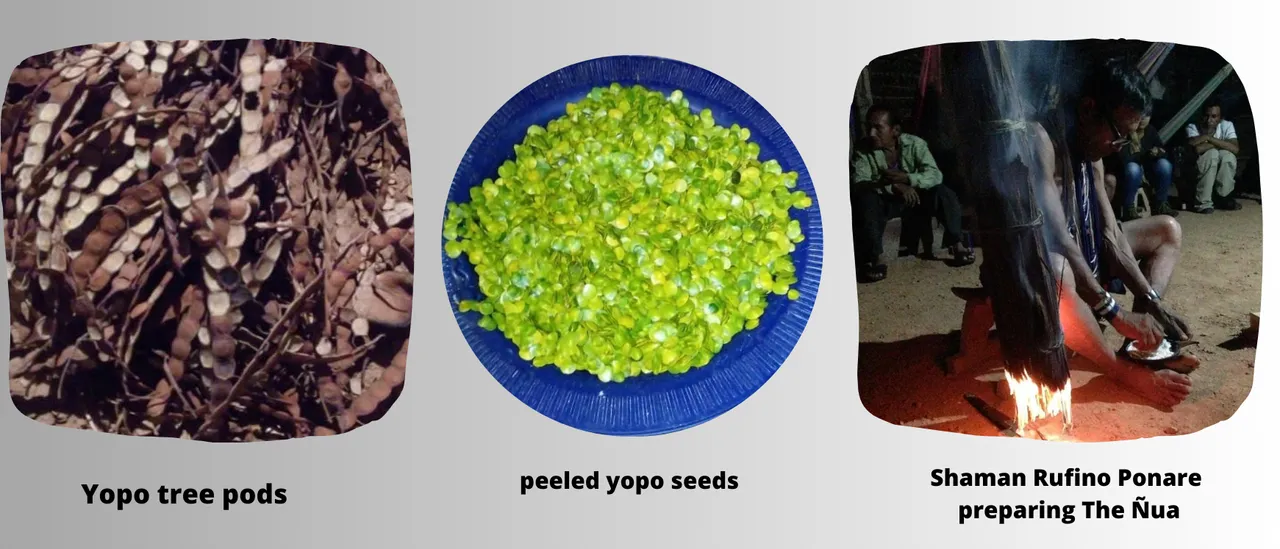
La experiencia inicia comiendo la tuipa (cappi), el caapi es un tipo de liana (ayahuasca) que puede secarse y moler o comerse asada, cumple una función relajante, y a su vez trabaja directamente en el hígado desinhibiendo la enzima IMAO, de esta manera evita que esta enzima disuelva el DMT en nuestro organismo. El caapi por sí mismo, es una extraordinaria medicina, que ayuda a limpiar nuestro sistema digestivo y el azúcar en sangre.
Luego de comer caapi, se procede a inhalar la Ñua (yopo) con ayuda de una yopera o ñuaba, que es un instrumento hecho de hueso de pelicano, de tubo bifurcado en dos tubos que están a la medida de la nariz; Al esnifar el polvo, la medicina genera un efecto casi inmediato, donde la respiración es la clave para entrar con calma a proceso.
The experience begins by eating the tuipa (cappi), the caapi is a type of vine (ayahuasca) that can be dried and ground or eaten roasted, it has a relaxing function, and in turn works directly on the liver by disinhibiting the MAOI enzyme, thus preventing this enzyme from dissolving DMT in our body. Caapi itself is an extraordinary medicine, which helps cleanse our digestive system and reduces blood sugar levels.
After eating caapi, one proceeds to inhale the Ñua (yopo) with the help of a yopera or ñuaba, which is an instrument made of pelican bone, of a bifurcated tube in two tubes that are at the measure of the nose; By sniffing the powder, the medicine generates an almost immediate effect, where the breathing is the key to enter calmly to the process.
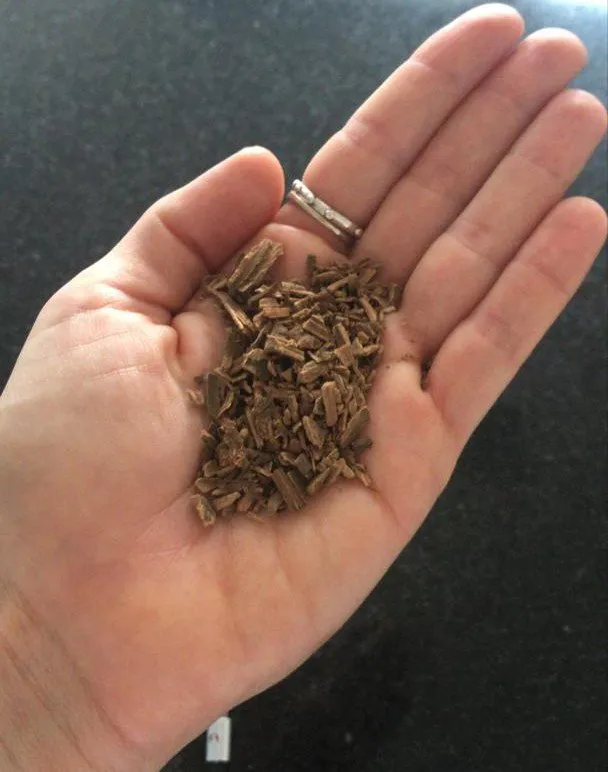
La postura es importante en el proceso, es conocida como ”Kuami Kiachi” que traduce a ”Fortaleza en el Corazón” consiste en estar sentado en un banquito con los codos sobre las rodillas, los brazos cruzados y la frente sobre ellos.
Kuami kiachi es una palabra cargada de Significados, te habla de una filosofía de vida que más allá de ser una postura, refiere al estado de quietud ante situaciones que te puedan perturbar; A través de esta frase el abuelo transmite una enseñanza de serenidad, Calma donde las emociones no sean capaces de alterarte.
Siguiendo con el orden de ideas...
The posture is important in the process, it is known as "Kuami Kiachi" which translates to "Strength in Heart" is sitting on a stool with elbows on knees, arms crossed and forehead on them.
Kuami kiachi is a word loaded with meanings, it speaks to you of a philosophy of life that beyond being a posture, it refers to the state of quietness before situations that can disturb you; Through this phrase the grandfather transmits a teaching of serenity, Calm where the emotions are not able to alter you.
Continuing with the order of ideas...
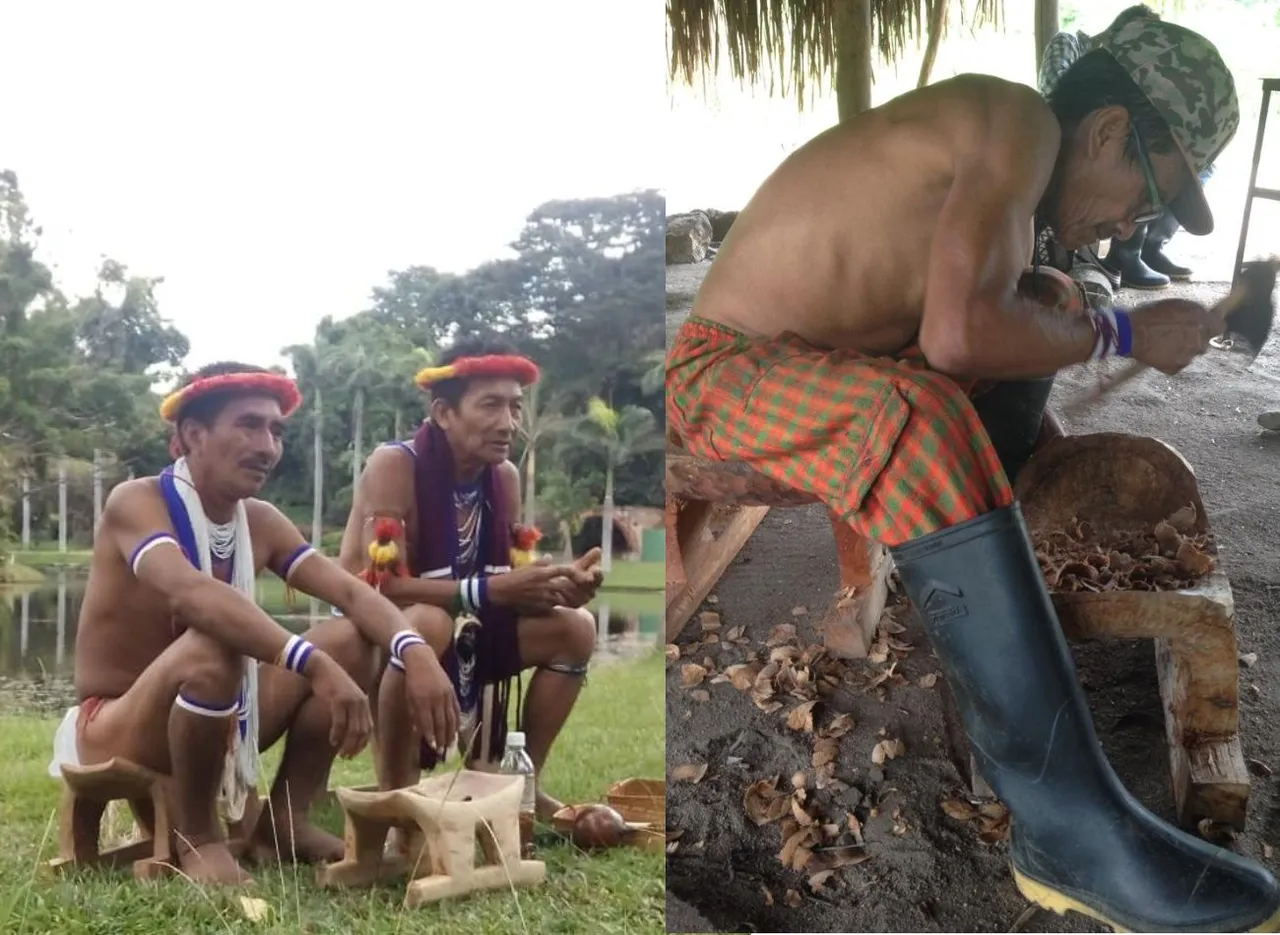
Cada persona es distinta y algunos tienen más control de sí mismos, por lo que los efectos pueden variar, en su mayoría, los primeros 5 a 10 minutos, se experimenta una sensación de malestar que, si ignoras, puede pasar rápidamente, dejándote en estado de calma, ideal para disfrutar de la experiencia. Hay personas que al no hacerse conscientes de su respiración, pueden llegar a pasar los 45 minutos, en un estado de ansiedad y malestar físico. Ese malestar se genera a razón de que el cuerpo comienza a vibrar en una sintonía muy elevada, que no estamos acostumbrados a experimentar.
Each person is different and some have more control of themselves, so the effects can vary, mostly the first 5 to 10 minutes, you experience a feeling of discomfort that, if you ignore, can pass quickly, leaving you in a state of calm, ideal for enjoying the experience. There are people who, not being aware of their breathing, can spend the 45 minutes in a state of anxiety and physical discomfort. This discomfort is generated because the body begins to vibrate in a very high tune, which we are not used to experience.

La ceremonia se lleva a cabo en la noche, siempre en supervisión del chaman o de alguno de sus estudiantes, (que son realmente pocos), ya que es un camino que está cargado de sacrificios y responsabilidades.
La razón de que esta ceremonia se realice en la noche es porque es parte de un ritual de protección, y es en la noche donde los niños y las mujeres están durmiendo; Aquí los hombres aprovechan para trabajar espiritualmente con Canto, Tuipa y Ñua, reuniéndose a la vez para hablar de los problemas de la comunidad o solo para tratar asuntos importantes entre familia.
The ceremony takes place at night, always under the supervision of the shaman or one of his students, (who are really few), since it is a path that is loaded with sacrifices and responsibilities.
The reason that this ceremony is carried out at night is because it is part of a protection ritual, and it is at night that the children and women are sleeping; here the men take advantage of the night to work spiritually with chanting, Tuipa and Ñua, meeting at the same time to talk about the problems of the community or just to discuss important matters between families.
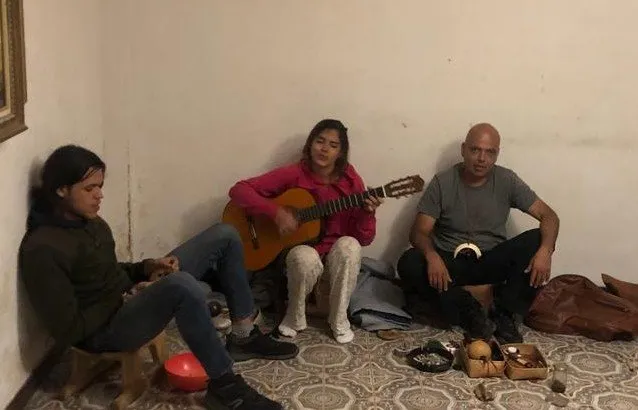
En tiempos de cuarentena, Kuami Kiachi es una enseñanza que todos debemos aplicar, mantener la calma y aguardar para poder ser proactivos y saber como utilizar este tiempo en casa.
Pronto les sigo contando de mi experiencia en este camino de magia y amor.
In times of quarantine, Kuami Kiachi is a teaching that we should all put into practice, keep calm and wait to be able to be proactive and know how to use this time at home.
Soon I will continue to tell you about my experience in this magical and loving path.
Everything beautiful of this world in one word...